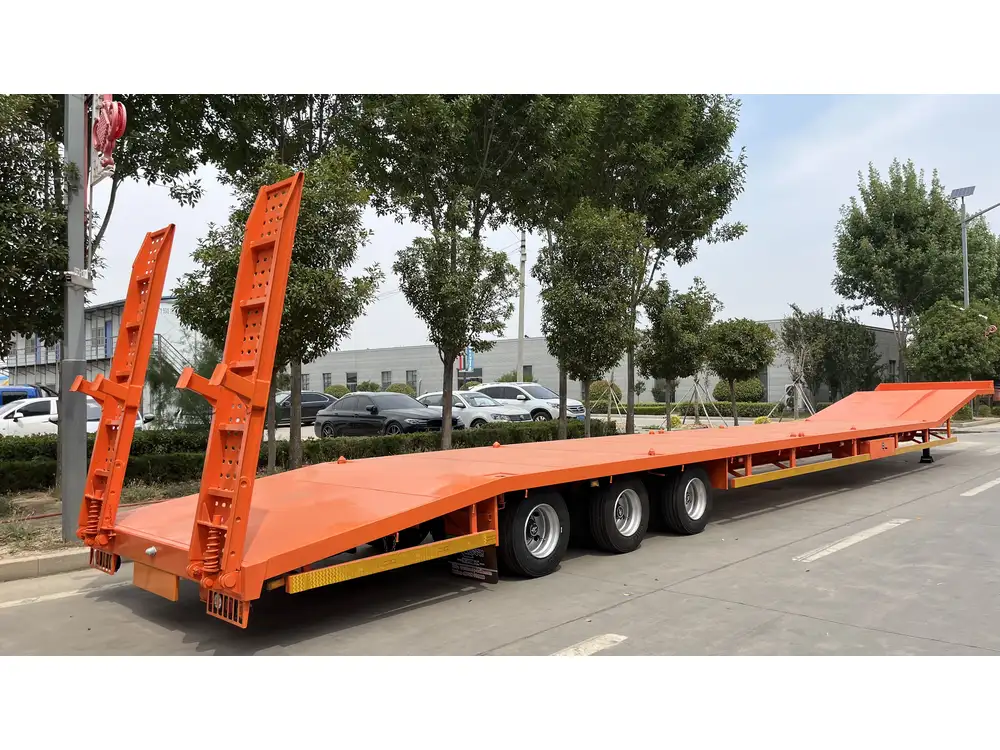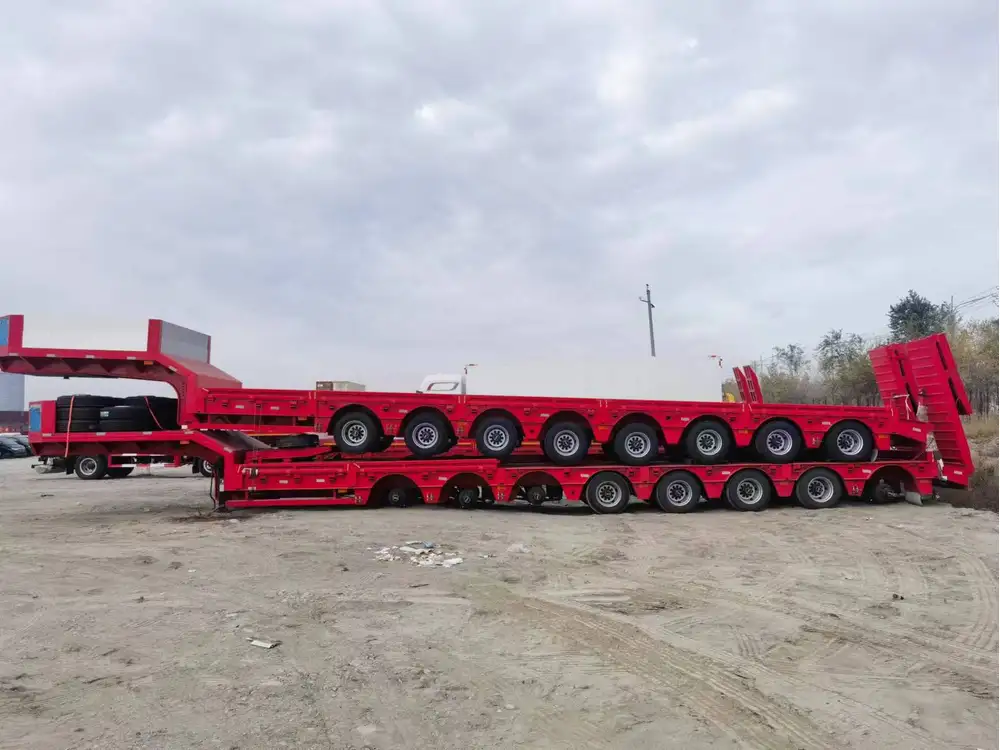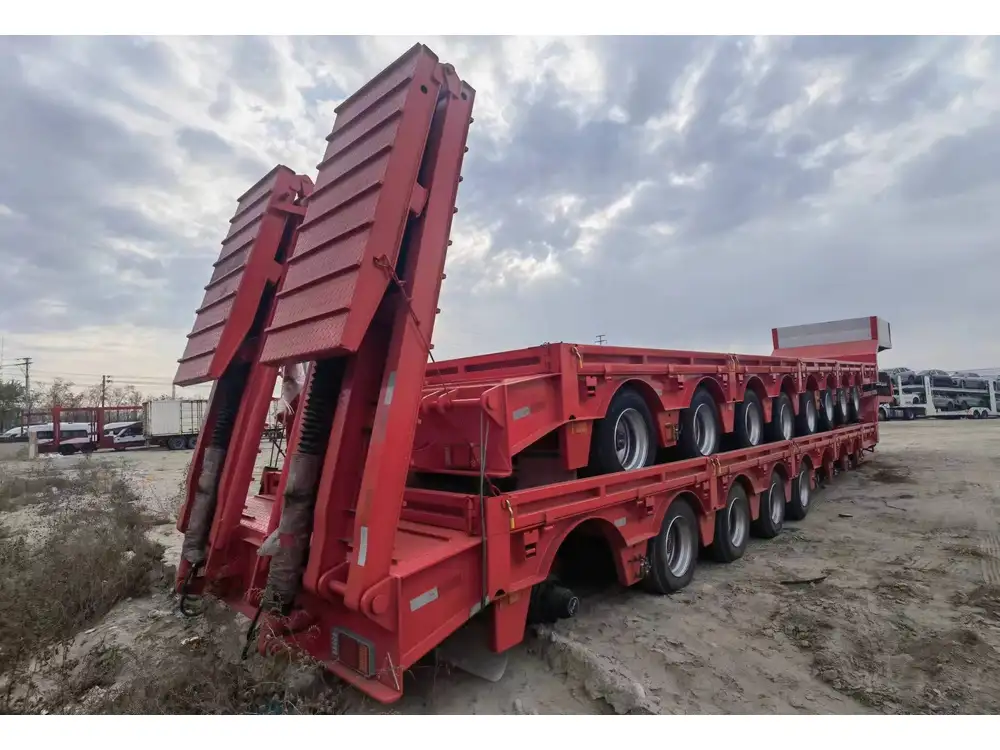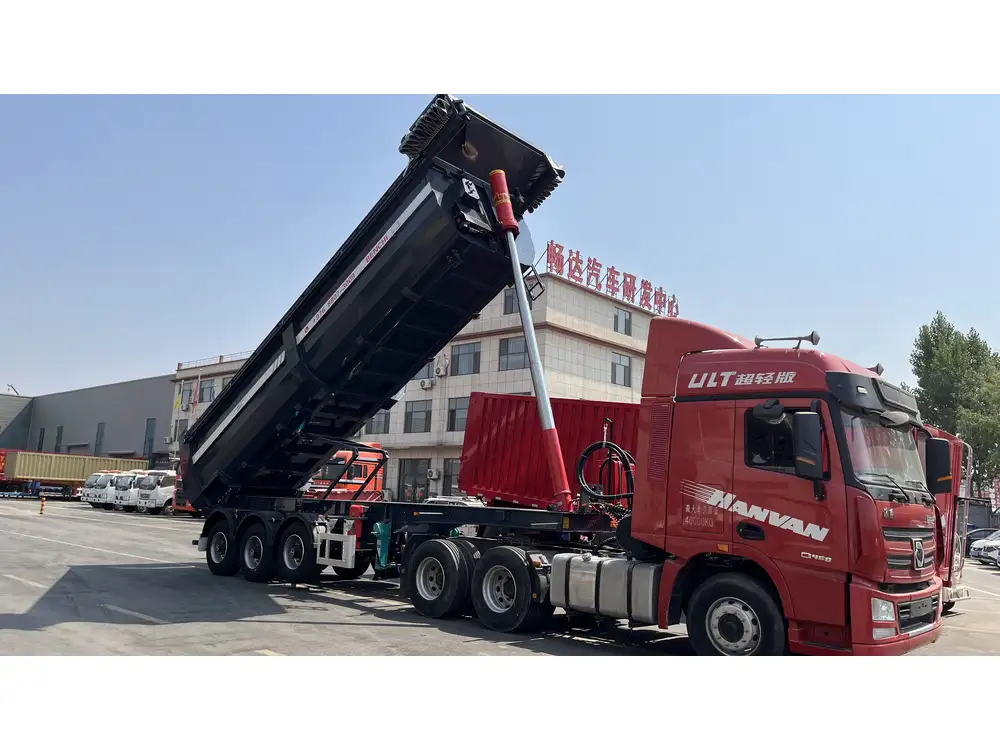Loading containers onto trailers may appear as a straightforward operation, yet the underlying factors demand meticulous attention to detail, strategic planning, and compliance with safety regulations. In this guide, we delve into the essential steps, best practices, and critical considerations that ensure an efficient and safe loading process.
Understanding the Requirements for Loading Containers
Legal Compliance and Safety Regulations
Before embarking on the loading process, it’s imperative to familiarize yourself with local regulations concerning weight limits, securing loads, and roadway safety. Compliance with these rules safeguards not only the cargo but also the drivers and other vehicles on the road.
| Regulation | Description |
|---|---|
| Weight Limit | Check the maximum permissible weight for trailers. |
| Load Securing | Adhere to guidelines for securing cargo tightly. |
| Road Safety | Ensure compliance with road laws and signage. |

Equipment and Material Checklist
The following equipment is essential for loading containers onto trailers effectively:
- Forklift or Container Handler: For safely lifting containers.
- Lashing and Securing Devices: Ratchet straps, chains, or tarps to secure the load.
- Pallets or Dunnage: Used to protect cargo and provide stability.
- Safety Gear: Helmets, gloves, and vests to ensure worker safety.
Assessing the Type of Container
Containers vary in type and dimension, which may influence your loading approach. The most common types include:
- Standard Dry Containers
- Refrigerated Containers
- Open Top Containers
- Flat Rack Containers
Understanding the characteristics and dimensions of the specific container you are loading is crucial for ensuring a proper fit and securing the load effectively.
Step-by-Step Process for Loading a Container onto a Trailer

Step 1: Site Preparation
Prior to any physical loading activities, ensure that the site is adequately prepared:
- Clear the Area: Remove any obstacles that could impede the loading process.
- Level Ground: The trailer must be parked on a flat and stable surface to prevent shifting during the load.
- Check Weather Conditions: Rain, snow, or ice can significantly alter loading procedures. Aim for clear weather when possible.
Step 2: Positioning the Trailer
Carefully position the trailer for optimal loading:
- Align the Trailer: The trailer should be closely aligned with the container.
- Brake Application: Engage the brakes of both the trailer and forklift/container handler for stability.
Step 3: Lifting the Container
Using the appropriate equipment, follow these guidelines for loading:
- Choose the Right Equipment: Employ a forklift rated for the container’s weight.
- Lift Properly: Position the forks underneath the container’s corner castings. Ensure balanced weight distribution before lifting.
- Clear the Path: As you lift, ensure there is a clear route from the container to the trailer.

Step 4: Placing the Container on the Trailer
Align and place the container with precision:
- Guide the Container: Use hand signals or communication devices to guide the operator.
- Centric Placement: Aim to place the container centrally on the trailer to distribute weight evenly.
- Lowering the Container: Slowly lower the container, ensuring it aligns with the trailer’s structure.
Step 5: Securing the Load
Securing the container is crucial for safe transport:
- Use Lashing Equipment: Implement ratchet straps, chains, or other securing devices at pre-defined points.
- Check Tension: Ensure that the load is secure without compressing the contents of the container.
- Inspect Your Work: Conduct a thorough inspection to ensure all securing devices are adequately fastened.
Step 6: Final Safety Checks
Before hitting the road, perform these final checks:
- Overall Inspection: Double-check that the container is properly secured and that there are no obstructions.
- Verify Load Distribution: Ensure that the container is evenly distributed on the trailer to prevent swaying during transit.
- Document the Load: Keep thorough records of the loaded container dimensions and securing methods for future reference and compliance.

Common Challenges and Solutions in Loading Containers
Understanding potential challenges can prepare operators for effective problem-solving throughout the loading process.
Challenge 1: Uneven Ground
Solution
If the ground is uneven, use wooden blocks or leveling spacers to stabilize the trailer.

Challenge 2: Improper Load Distribution
Solution
Prior to securing the load, double-check the load distribution. If imbalanced, make adjustments by using additional support equipment to shift the load as necessary.
Challenge 3: Weather Conditions

Solution
Prepare for inclement weather by having tarps and coverings at the ready. Delay loading until conditions improve if safety is a concern.
Challenge 4: Equipment Malfunction
Solution
Regularly inspect and maintain all equipment used for loading. Train staff on what to do in case of mechanical failure during the load process.

Importance of Training and Continuous Improvement
Developing a comprehensive training program for employees involved in the loading process is paramount. Essential components include:
- Safety Protocols: Training on the proper use of safety gear and equipment.
- Loading Techniques: Instruction on various container types and the loading methods unique to each.
- Emergencies: Develop a clear plan for dealing with emergencies during the loading process.
Regularly review and update training programs to address new challenges, regulation changes, and equipment innovations.
Conclusion
Loading a container onto a trailer may seem straightforward, but it encompasses various complexities that require thorough knowledge and precise execution. By adhering to safety regulations, preparing adequately, implementing best practices, and continually improving processes, companies can ensure an efficient and hazard-free transport experience.
With a keen understanding of the entire loading process, truck operators and logistics handlers can not only safeguard their cargo but also enhance operational efficiency. Emphasizing continuous staff training and equipment maintenance will ultimately fortify the effectiveness of your logistical operations, ensuring that every load is transported safely and efficiently.



